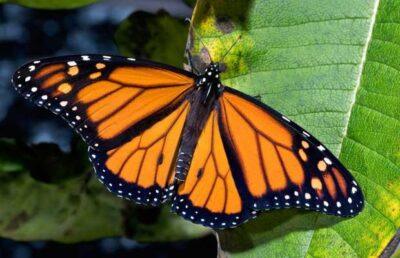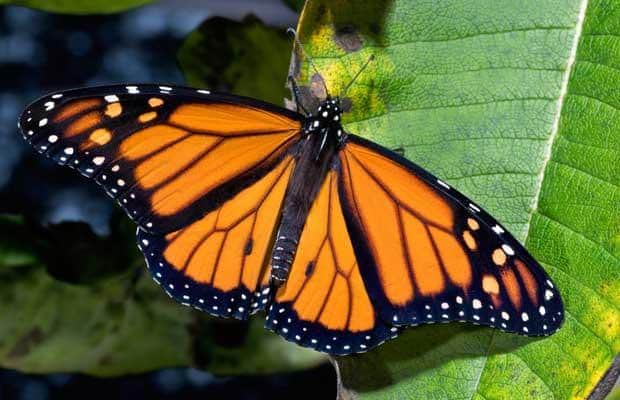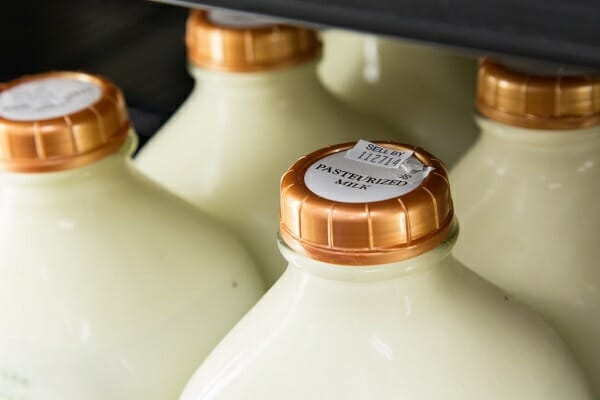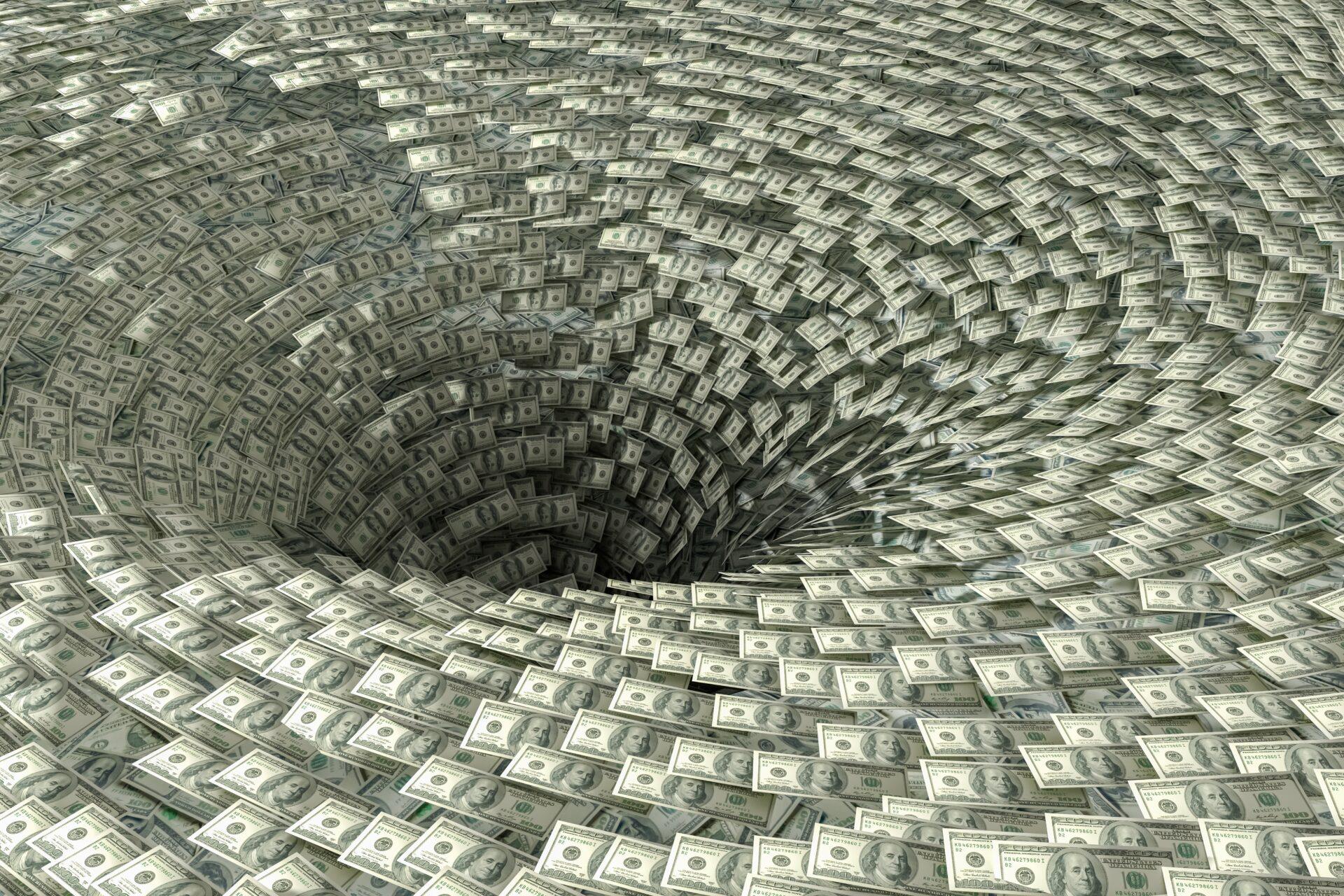
The monarch vs. Monsanto battle has begun.
A growing movement to save the butterflies by placing them on the endangered species list has pitted monarch supporters squarely against the biotech giant. A petition to the U.S. Fish and Wildlife Service to place the species on the list was filed jointly by the Center for Biological Diversity and the Center for Food Safety, along with scientist and professor Lincoln Brower and the Xerces Society.
On Nov. 13, more than 40 leading monarch scientists and ecologists, along with more than 200 organizations and businesses, signed a letter to Secretary of the Interior Sally Jewell supporting the effort to place the monarch on the list.
Monarchs need federal protection, the groups say, because the butterflies have experienced a 90 percent population decline since the 1990s, according to the Center for Food Safety. After a high of 1 billion monarchs, now there are only 35 million.
“We’re at risk of losing a symbolic backyard beauty that has been part of the childhood of every generation of Americans,” said Tierra Curry, a scientist at the Center for Biological Diversity, in a statement. “The 90 percent drop in the monarch’s population is a loss so staggering that in human-population terms it would be like losing every living person in the United States except those in Florida and Ohio.”
New All-Natural Capsule Protects You From Dangerous Toxins And Pollutants!
The butterflies are suffering negative effects in part due to exposure to glyphosate, a chemical found in Monsanto’s Roundup weed killer. It kills milkweed, which monarchs desperately need.
“Herbicides like Roundup don’t kill monarchs directly, but rather kill their primary food source and habitat,” the Center for Food Safety said in a press release. “Milkweeds are critical to the monarch’s survival because they are the only plants monarch caterpillars will eat. But thanks to the rampant use of Roundup on Monsanto’s genetically engineered crops, milkweed plants in the heart of the monarch’s range have been demolished. Fewer milkweeds mean fewer Monarchs.”
Environmental studies show that monarch butterflies lay approximately four times more eggs per plant when utilizing milkweed growing on cropland than anywhere else. In addition to losing natural breeding habits due to herbicide use, the butterflies are also being impacted by ongoing urban sprawl.
Americans should not be fooled into thinking everything is fine with monarchs simply because they see one in their backyard, the Center for Food Safety said.
“During summer, monarchs are found throughout the United States, but at only 10 percent of their former abundance,” the organization said. “Monarchs need a very large population size to be resilient to threats from climate change, severe weather, predation and disease.”
About half of the population of monarchs that spend the winter in Mexico are eaten by birds and other predators.
If the butterflies do garner endangered species list status, the federal government would be required to take “urgent and immediate action” to protect the population from further decline. That could impact Monsanto in a big way.
“To protect monarchs we must protect and reclaim their critical habitat, and reject Monsanto’s Roundup Ready GE crops, and the unsustainable, pesticide-intensive, industrial agriculture system promoted by them,” the Center for Food Safety said. “Though there are some good voluntary programs to restore milkweeds and protect monarchs, there are no mandatory regulatory mechanisms that adequately protect the monarch butterfly.”
Would you like to see Monarch butterflies placed on the endangered species list? Leave your reply in the section below:












